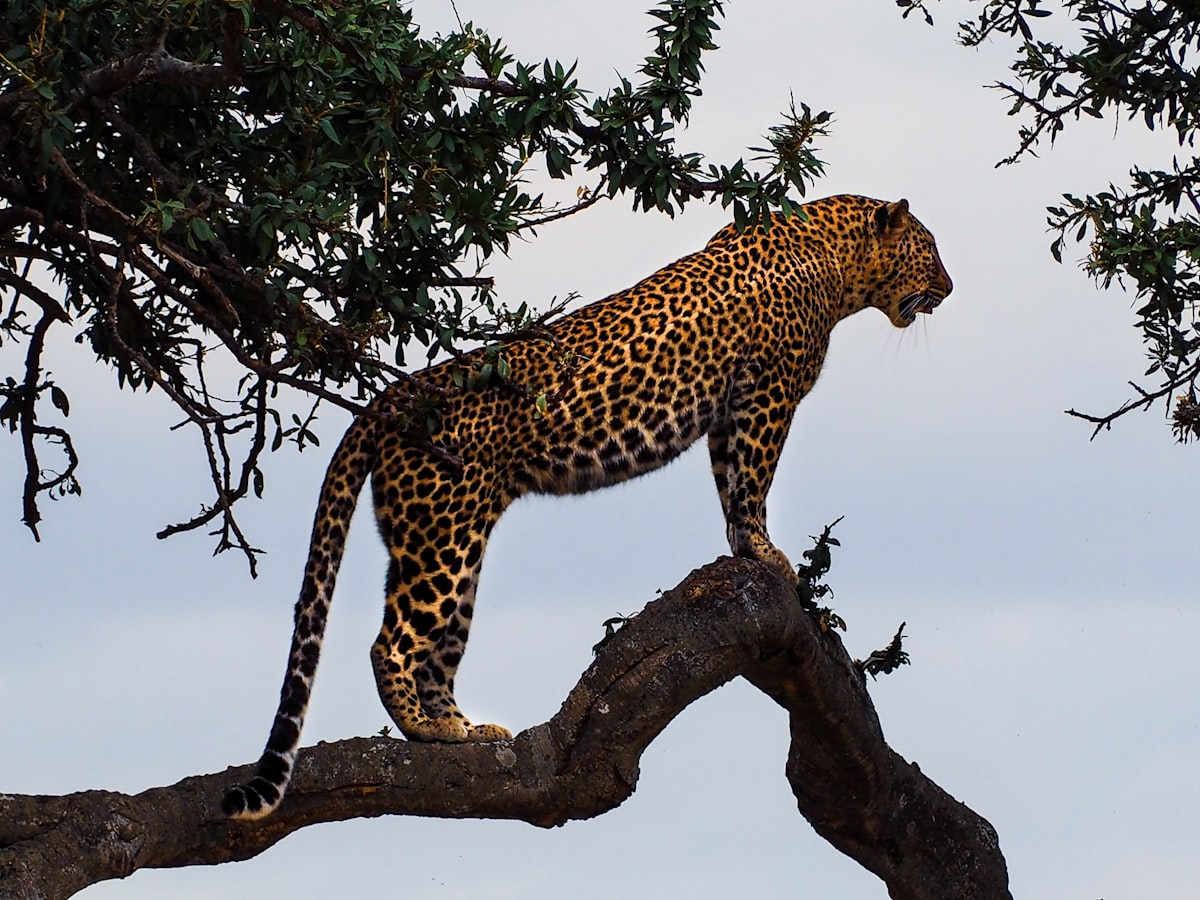Historical symbolism of the jaguar and the rain request ceremony
The pre-Hispanic ceremonial request for rain and the celebration of the Holy Cross, of Catholic origin, begins on April 25 and ends with a man-tiger fight on May 5.

The jaguar has been associated with the jungle, rain, caves, fertility, the power of rulers, the starry mantle of the night, the night sun, the victorious warrior, the underworld, nahualism, the creation of the cosmos, and the supernatural mythical union between man and jaguar. This is attested by the walls of the Oxtotitlán caves, a Preclassic Olmec site that is part of a rocky front located behind the hill called Quiotepec (Cerro de Lluvia), four kilometers from the town of Zitlala.
Inside the caves of Oxtotitlán, polychrome paintings and cave figures are alluding to the links of men with deities and mythical animals associated with water, earth, and the underworld of the indigenous cosmovision. In these hollows, an extraordinary painting stands out for its symbolic richness.
A standing human figure is seen, with the body painted black, except for the face, which looks in profile and its genital parts painted white, next to it, a jaguar is observed, an upright figure in the manner of a man who shows in profile one of his upper limbs and his jaw with dilated nostrils; his eye seems to look at us through time in an incisive, disturbing way for those who look at the scene.
The man's phallus is directed at the jaguar's backside and the jaguar's tail touches with its tip the man's pubic parts, probably the testicles. The scene alludes to supernatural coitus between the man and the jaguar. By showing the union between the jaguar and man, the event establishes heredity between them and gives man a status that links him to the supernatural and the tutelary gods; a dynasty of man-jaguars is established: the jaguar becomes a totemic image.
The jaguar encloses a powerful generative energy equivalent to the earth as a giver of plant life and seeds.
Because of its hunting capacity, it is considered the king of predators, but at the same time it is a factor of balance in the ecosystems; its possible extinction is the cause of alterations due to the loss of control of other species that thrive without the jaguar as their predator. It has sensitive hearing, a great sense of smell, and remarkable night vision that allows it to get used to hunting at night and twilight.
It is the ruler of its territory, hence, in pre-Columbian cultures, man is equated to the jaguar and the jaguar is humanized; as pairs or doubles, we have men-jaguars and jaguars-men and even jaguar-gods. In this sense, the figure of the tiger is so relevant that one of the tutelary deities of the indigenous cosmogony acquires its image and properties. In fact, in the Mexica religion, the jaguar was considered as the nahual or split of Tezcatlipoca. In this sense, he was known as Tepeyóllotl, "Heart of the hill", and was thus represented in the codices.
It can also be seen in the myth of the four solar eras about the successive creations and destructions of the world, where it is narrated that the first sun, called Nahui-Océlotl (Four-Tiger) was inhabited by humans of enormous size. It happens that the cosmogonic gods creators-destroyers of the suns, Quetzalcoatl and Tezcatlipoca, rival and fight. When the former kicks the latter, he falls into the water and is transformed into a jaguar, to the bad fortune of the giants, who will end up being devoured by the jaguars. The Nahui-Ocelotl sun will be destroyed by a flood.
The tiger is referred to as tecuan, which is equivalent to man-eater, "eater of people". In this regard, the Codex Azoyú, on folio 26, dated 1477, shows that: "it contains the oldest representation of a man with a jaguar mask eating another man". In another reference described by Chimalpain Cuahtlehuanitzin in his Memorial, he alludes to the capacity of certain men -nanahualtin- to split into animals, beasts, or natural elements.
One of these transformations is to become tigers and thus acquire rain or atmospheric powers: "These, the Xocheteca, the Olmeca, the Quiyahuizteca, the Cocolca, were possessors of the nahual of rain, possessors of the nahual of the beast, who traveled inside the clouds to go and eat people there, by Chalco...". This phenomenon of transmutation, in which an entity changes its being, is called "nahualism". In pre-Columbian cultures, the gods could resort to this power of transformation, but also certain men or women could possess this capacity of conversion and be known as nahualli.
From the Olmec statuettes representing an upright jaguar-man with fists and a jaguar-man in the same posture, but with a face with feline characteristics, to the tiger-men of Zitlala and Acatlán, ready to exchange horns or fists for the sake of requesting rain, a ritual line in time is established that implies union with the nahualli-tlamatini, the nahualli-wise, the one who "observes, preserves and helps".
In Zitlala and Acatlán, the tiger-men, the jaguar-men who fight are rainmakers, momentarily transfigured into "rain nahuals" or possessors of the rain nahualli. In Zitlala, the pre-Hispanic rain petition ceremonial and the celebration of the Holy Cross, of Catholic origin, are united in a baroque cultural mestizaje, which begins on April 25 and ends with a men-tigres fight on May 5.
By José Luis Martínez Ruiz, excerpt from the book Water in the Cosmovision of the Indigenous Peoples in Mexico




